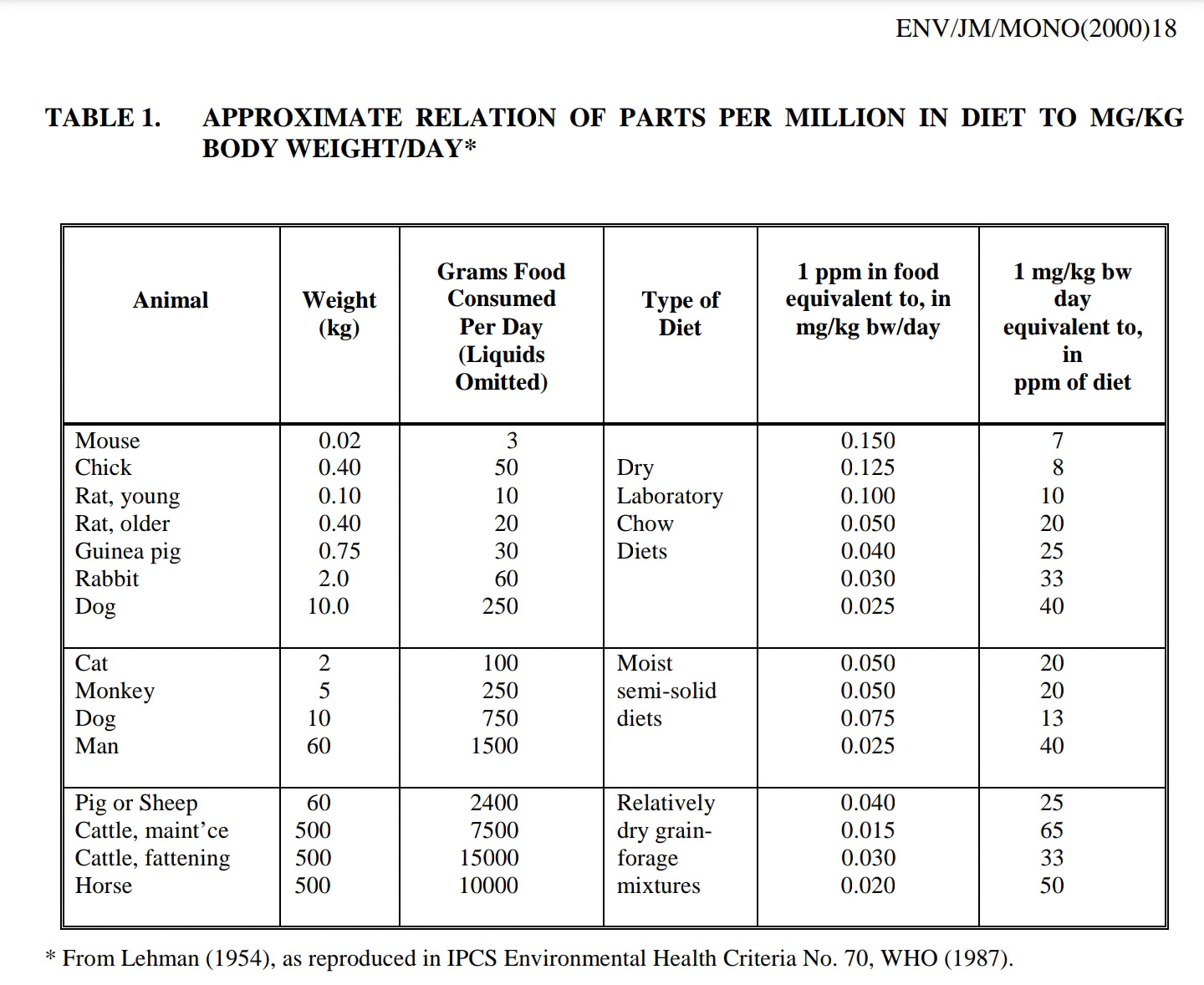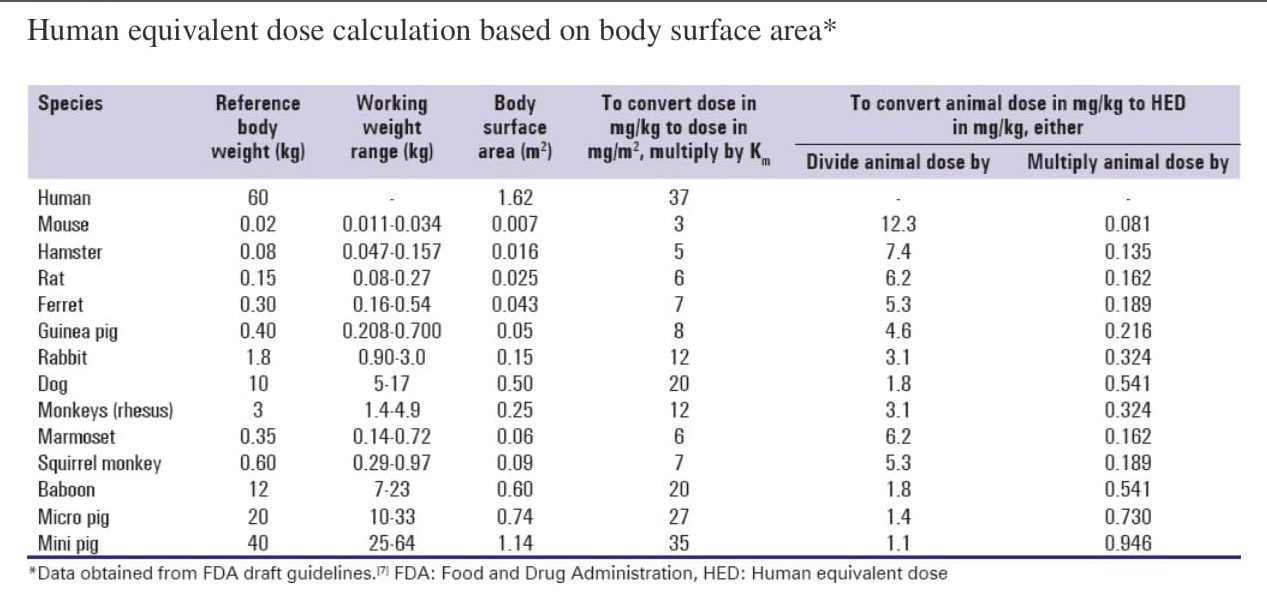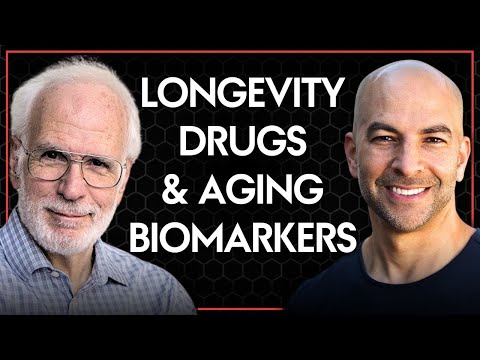zanthosyn.com
10% with Z-ALOHA
Important to note that
Amounts of dimethyl fumarate in the diet averaged 35% of the target dose, which may explain the absence of lifespan effects.
Yes, I have bought it from Amazon.
The question is: Do we need still another mTORC1 inhibitor?
Maybe, if it inhibits mTORC1 but leaves mTORC2 alone.
If it doesn’t affect mTORC2 then it might be worthwhile.
I have used it in the past and found it to be a worthwhile sleep aid. (discussion in another thread)
This is the brand I bought:
Was on fisetin 3 years ago… then heard had no life benefits, ran out of it and went off… new info. on its benefits… back on past 6 months.
Just read this trial. Hmmmmm… yeah, I am done with it.
How is ppm dosing converted to human dosages?
What does this Asta dose equate to? Was this the ~4g+ per day amount you were aiming to take in the other thread @RapAdmin?
Yes… from other threads: Post from Meclizine discussion here:
Here is the math:
The ITP used 800ppm in food (see attached photo). And 800ppm is 0.08%. A typical mouse weighs about 0.025kg and eats about 4g of food per day, so 0.08% is 3.2mg of Dramamine for the mouse per day. That is a dose of 3.2mg/0.025kg=128mg/kg. Divide by 12.3 to allometrically scale to humans, to get a human equivalent dose of (128mg/kg)/12.3=10.4mg/kg. So for a 70kg human, that would be 728mg of Dramamine per day.
Using the meclizine calculation.
4000ppm / 800ppm
X / 728mg (70kg person)5 * 728mg = 3.64g/day for a 70kg person ?
That’s a disappointment. As I’ve said previously, I think DMF is modestly promising. Can anyone with more knowledge on the mouse literature comment on the dosing? In particular, what is the rough human equivalent to the doses they used?
3.64 grams? I’ve been taking astaxanthin for years, but at 4mg. How do you even find a dose in grams?
I don’t think that’s meant to be taken literally as perfect translation. Something can be much more potent in humans. Different animals after all.
Does anyone know what the rapamycin dose is in mice studies equivalent to humans?
I see chatter but haven’t seen anyone answer yet.
What is the human equivalent dose of Astaxanthin they used in the ITP?
Different animals, yes — but the HED dose and allometric scaling already take account of a lot of that, and but we have at present no rational reason to suppose that humans would need less rather than more or the expected amount of asta they suggest. I note that the European Food Safety Administration found a NOAEL of 10 mg astaxanthin/kg bw per day (in rats, so do the full conversion) based on prothrombin time (bleeding) and some evidence of liver toxicity.
https://efsa.onlinelibrary.wiley.com/doi/epdf/10.2903/j.efsa.2014.3757
See this handy if depressing table from our intrepid administrator:
Can we use what is deemed safe in humans afaik (0.5 mg a day or 5 mg weekly) rapamycin, and base the dose of astaxathin on it? From information of mice-safe human conversion?
With regard to the synthetic astaxanthin they used at 1840 ppm feed:
To convert from ppm feed in mice to mg/kg bodyweight in humans:
Step 1: Convert PPM in mouse chow to mg/kg bodyweight in mice by multiplying by a factor of 0.150: (or divide by 7)
1840 ÷ 7 ≈ 263 mg/kg (*)
Step 2: Apply allometric scaling to convert from mouse to human (divide by 12.3):
263 mg/kg ÷ 12.3 = 21.4 mg/kg. (**)
Step 3: Multiply by human weight in kg to determine personal dosage estimate. For example, a 70 kg person:
21.4 mg/kg × 70 kg = 1498 mg. Approximately 1.5 grams.
Tables:
Sources:
(*) Nair A, Morsy MA, Jacob S. Dose translation between laboratory animals and human in preclinical and clinical phases of drug development. Drug Dev Res . 2018;79(8):373-382. doi:10.1002/ddr.21461.
(**) Nair AB, Jacob S. A simple practice guide for dose conversion between animals and human. J Basic Clin Pharm . 2016;7(2):27-31. doi:10.4103/0976-0105.177703
Thank you!
Wow. 4-12 milligrams is the recommended human dose usually.
I hope we haven’t been wasting our time with baby doses all this time
I’m sure baby doses of Astaxanthin have some effect. Whether that is the full effect or not is debatable. It does seem to help prevent sunburn at a 10 mg daily dose.
BTW the synthetic astaxanthin used is 3x more potent than the natural one so you have to multiply the dose by 3 if using natural astaxanthin.
The superior bioavailability of synthetic Asta beadlets compared to microalgal Asta was demonstrated in a human pharmacokinetic study (approximately threefold higher exposure in plasma over 24 h;
What’s the dosing for Meclizine in humans, 25 mg? How would one approach this?
See the Meclizine thread: Meclizine / Dramamine II, Approx 15% Lifespan Increase, Another mTORC1 Inhibitor
1:48:48 - The ITP study of 17⍺-estradiol: mechanisms of life extension and surprising sex differences
1:58:34 - Unsuccessful drugs studied by the ITP: resveratrol, metformin, and nicotinamide riboside
2:09:13 - Over-the-counter successes in the ITP: meclizine and astaxanthin
2:16:00 - A senolytic drug, fisetin, fails to extend lifespan
I usually don’t watch YouTube videos that are over 30 minutes, but this video is very informative and well worth watching in its entirety.


